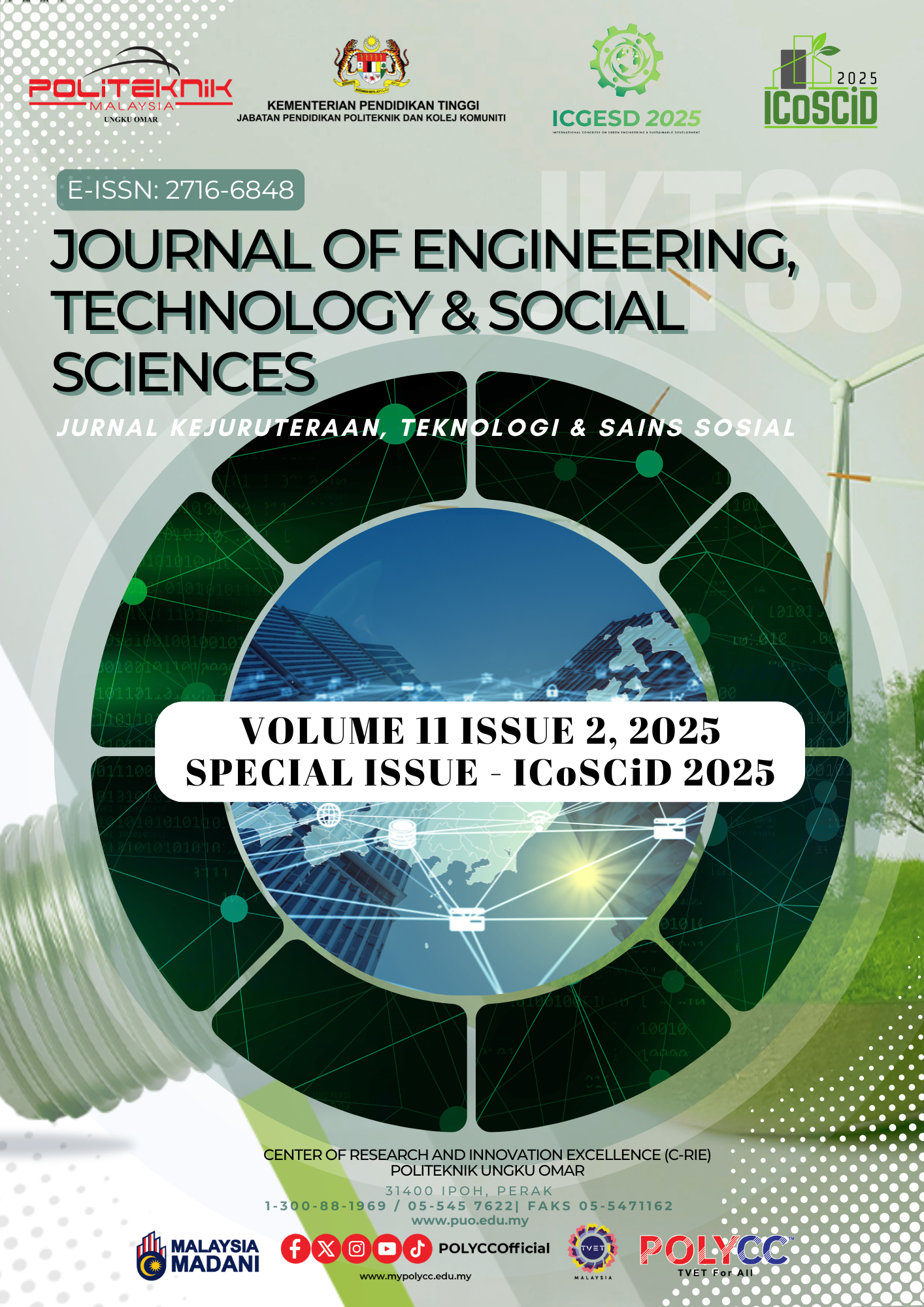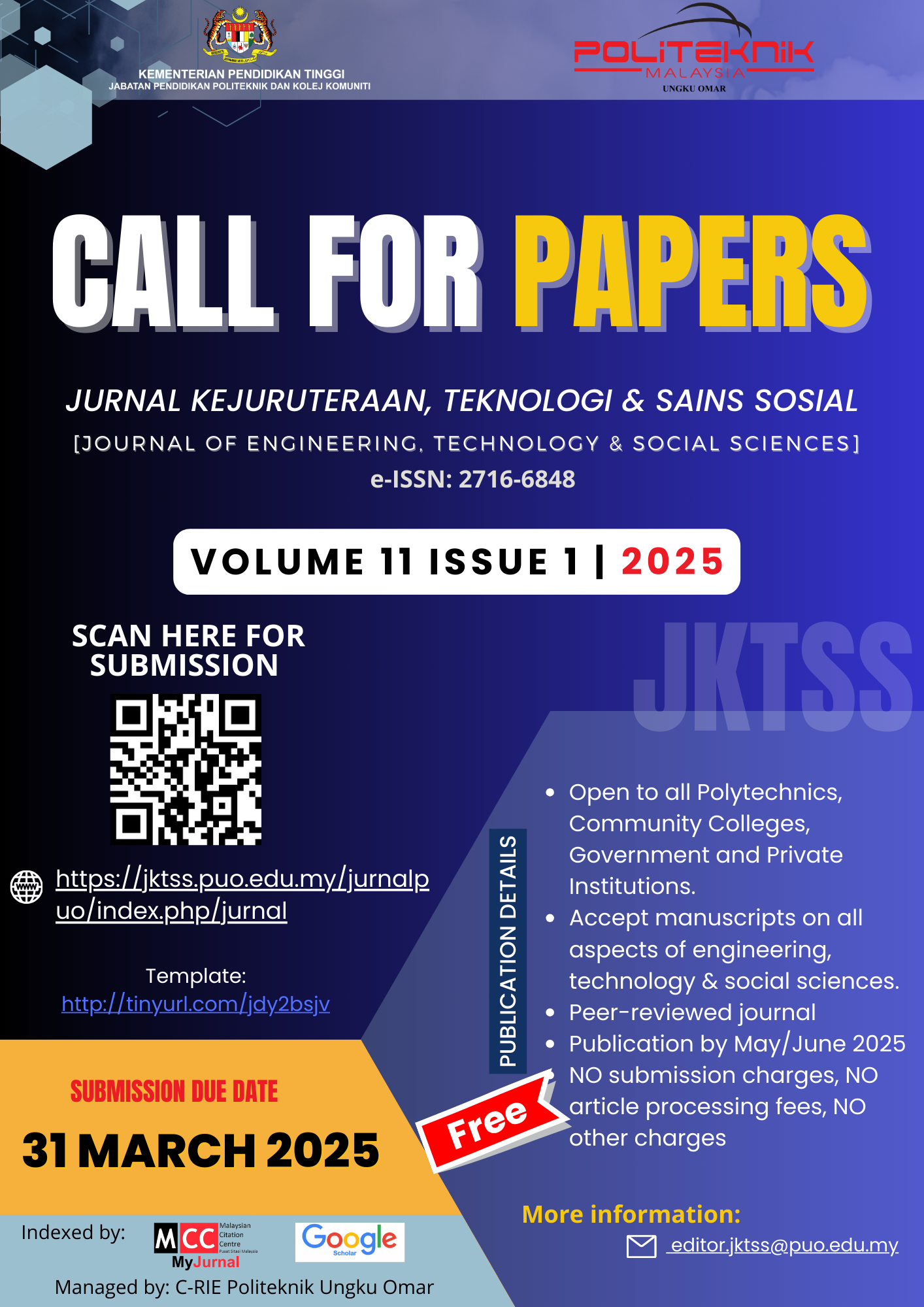GENERATION OF SURVEY APPLICATION PLANS USING DRONE TECHNOLOGY
Keywords:
drone technology; land encroachment; relative accuracyAbstract
Drone technology has become a primary tool for aerial image collection. The ability to capture drone-generated images instantly and use photogrammetry platforms to process high-quality orthomosaic maps and 3D models enables professionals to perform point-to-point linear measurements without manually collecting data. Most land title documents within a single ownership contain multiple names (Co-Proprietorship). Issues often arise when one of the listed owners wishes to sell their share, while some of the owners have occupied the land since its initial allocation. In conventional methods, surveyors first conduct detailed measurements based on existing settlements before proposing a boundary subdivision. Using drone surveying method, the time is significantly reduced and more accurate without the need for detailed field measurements. This relative accuracy of two-dimensional measurements from models generated using images captured by the industry-standard DJI Phantom 4 RTK drone compared to conventionally drawn plans indicates that drone-based surveys can achieve a relative horizontal and vertical accuracy of approximately 2–5cm when Ground Control Points (GCPs) and RTK/PPK positioning are utilized. Surveys conducted without GCPs yield a relative accuracy ranging from 0.5–2m, depending on flight altitude, overlap, and environmental conditions. This shows that drones are a reliable and efficient tool for survey applications.










